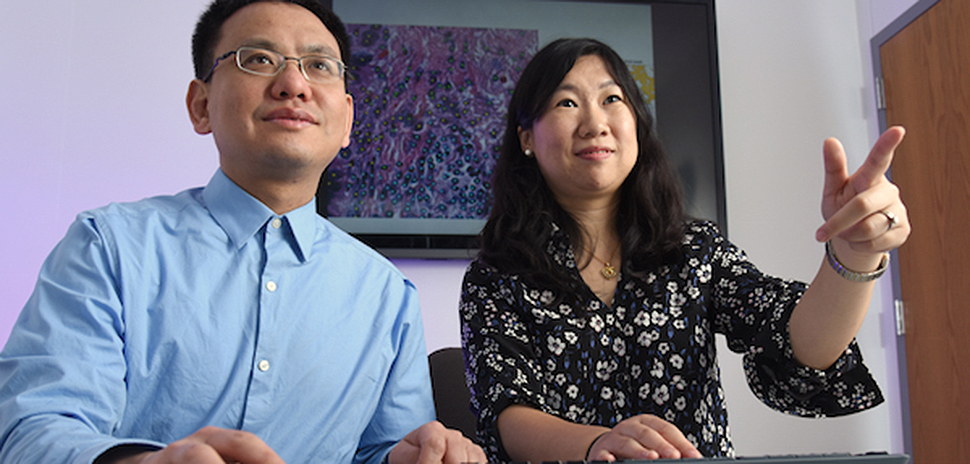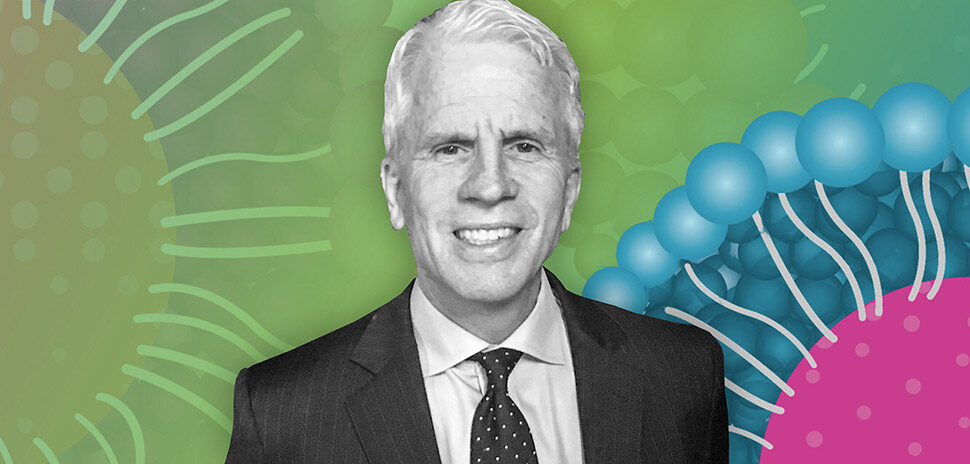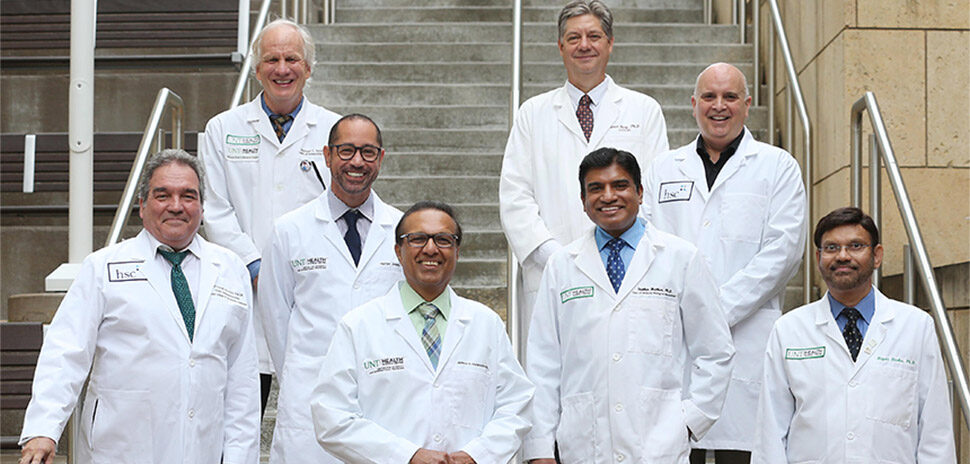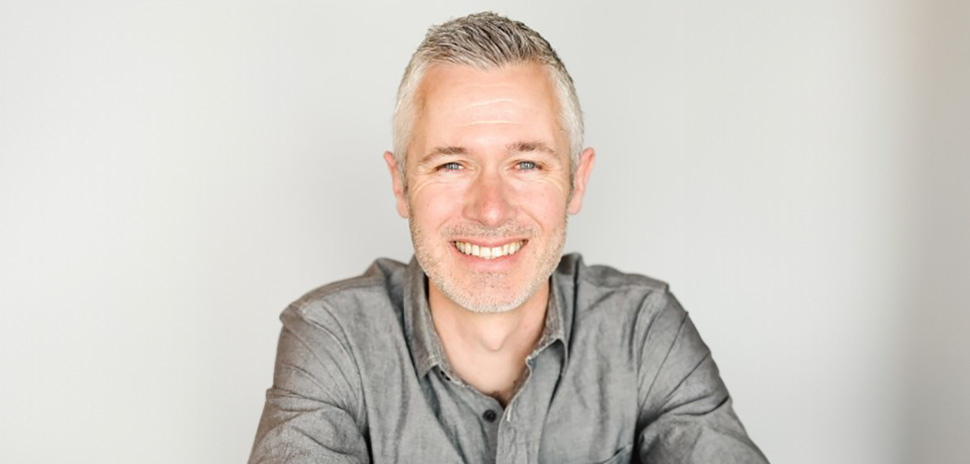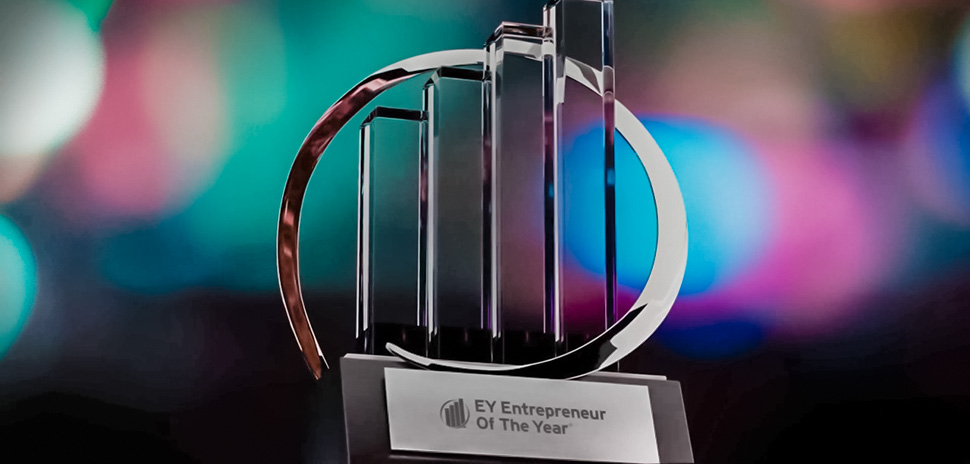Researchers at the UT Southwestern Medical Center have developed a computer model that is able to predict the most deadly lung cancer by evaluating a fraction of the more than 900 differences in shape and structure of cancer cells.
The breakthrough model should enable doctors to more fine tune their treatments.
“This computational approach should someday make it possible for doctors to tailor the treatment of individual patients based on risk predicted by computer algorithms, for instance choosing to treat patients at higher risk more aggressively,” Dr. Guanghua “Andy” Xiao said in a release.
Xiao is associate professor of clinical sciences and bioinformatics at UTSW, and is senior author of a study detailing the approach that appears in the March edition of the Journal of Thoracic Oncology.
“This proof-of-concept study demonstrates the feasibility of our approach, although several steps remain before the system could be used clinically.”
Dr. Guangha “Andy” Xiao
According to a UTSW release, the current algorithms — sequences of calculations created to solve real-world problems — were developed utilizing scanned images of routine cancer tissue slides that pathologists use to differentiate malignant tumors from benign ones.
“This proof-of-concept study demonstrates the feasibility of our approach, although several steps remain before the system could be used clinically,” Xiao said.
The computer model goes beyond just the form and structure of the cancer cells, though, as the analysis also included features of the microenvironment, which is the tissue that surrounds the tissue.
The researchers said they are fashioning an approach that could work in most settings.
“Our computerized analysis used a pathological imaging scanner and a desktop computer, so it would be applicable to most clinical settings,” Xiao said. “The team is exploring the possibility of patenting the process.
Delivering what’s new and next in Dallas-Fort Worth innovation, every day. Get the Dallas Innovates e-newsletter.










